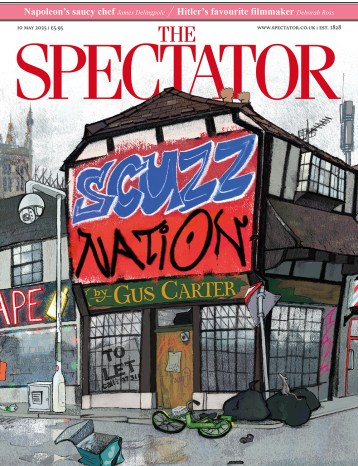
The first world war was the last major conflict to be brought to an end in the traditional fashion, with a formal treaty of peace. Or, rather, several treaties of peace, one for each of the defeated belligerents. They were all negotiated in Paris, but named after the various royal palaces in which the signing ceremonies were held: Versailles, the Trianon, Saint-Germain-en-Laye, Neuilly, Sèvres.

Disagree with half of it, enjoy reading all of it
TRY A MONTH FREE
Our magazine articles are for subscribers only. Try a month of Britain’s best writing, absolutely free.
Already a subscriber? Log in





Comments
Join the debate, free for a month
Be part of the conversation with other Spectator readers by getting your first month free.
UNLOCK ACCESS Try a month freeAlready a subscriber? Log in